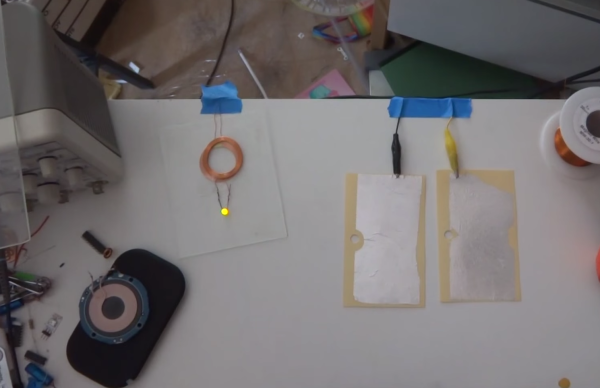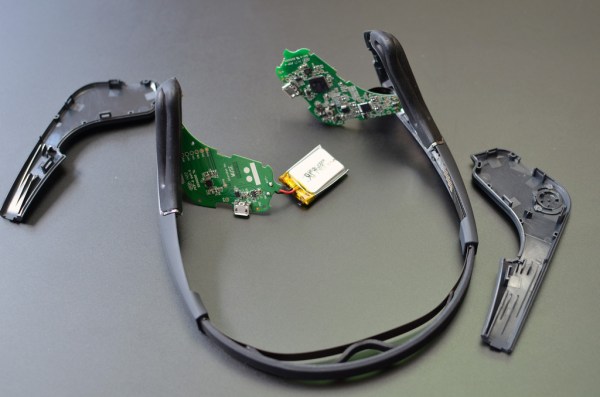Another year, another Boca Bearings Innovation Competition! Boca Bearings is a US based ball bearing manufacturer and distributor. They make bearings for anything from RC cars, to bicycles, to fishing reels — and even industrial applications as well. And they’re one of those companies that actually cares about the tinkerers at home.
They sponsor a lot of community events like RC derbies, but our favorite is their yearly Innovation Competition; which allows anyone around the world to enter their project — so long as it uses a bearing somewhere. And it doesn’t even have to be one of their bearings.
With all these fantastic entries we’ve been having into the Hackaday Prize, maybe if your entry features bearings, you can enter this competition too! What do you have to lose?
Continue reading “Mech Engineers: Win 5k For Using A Bearing”






















